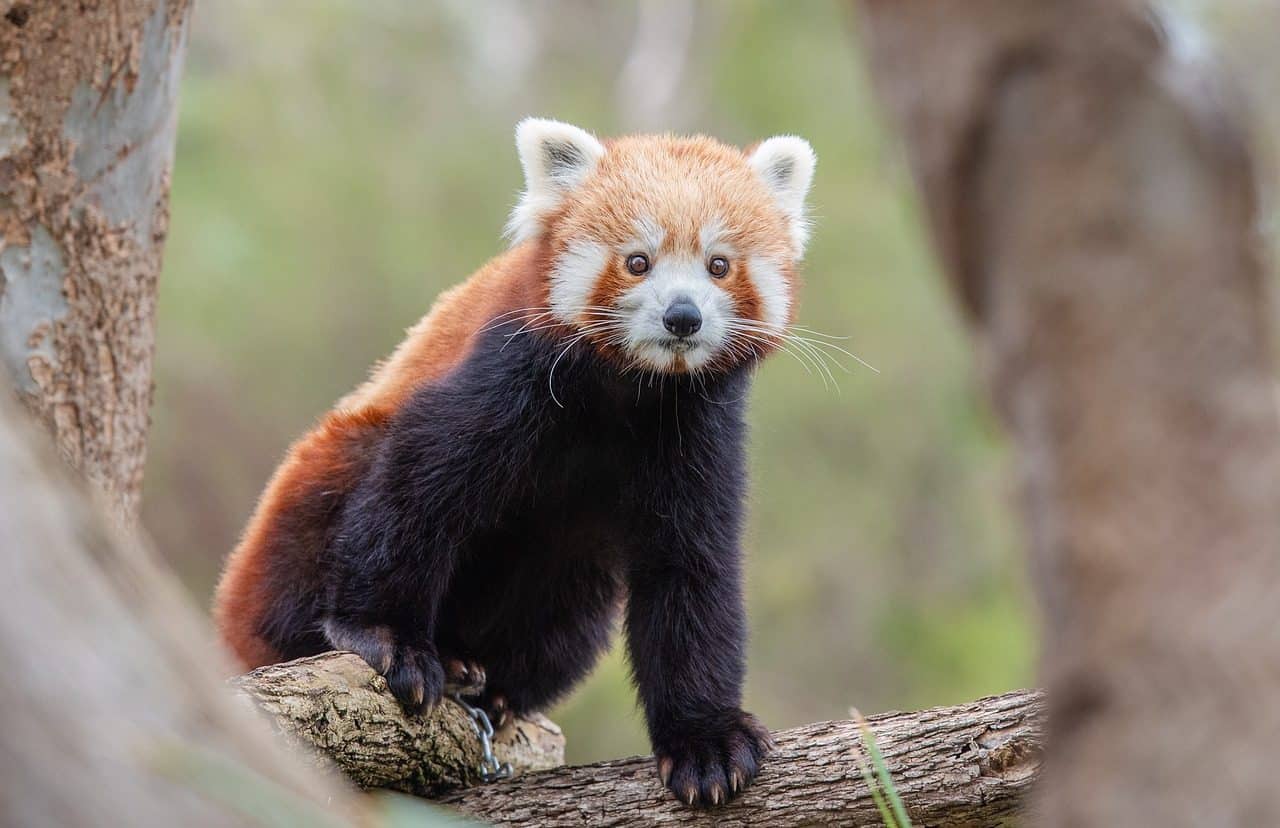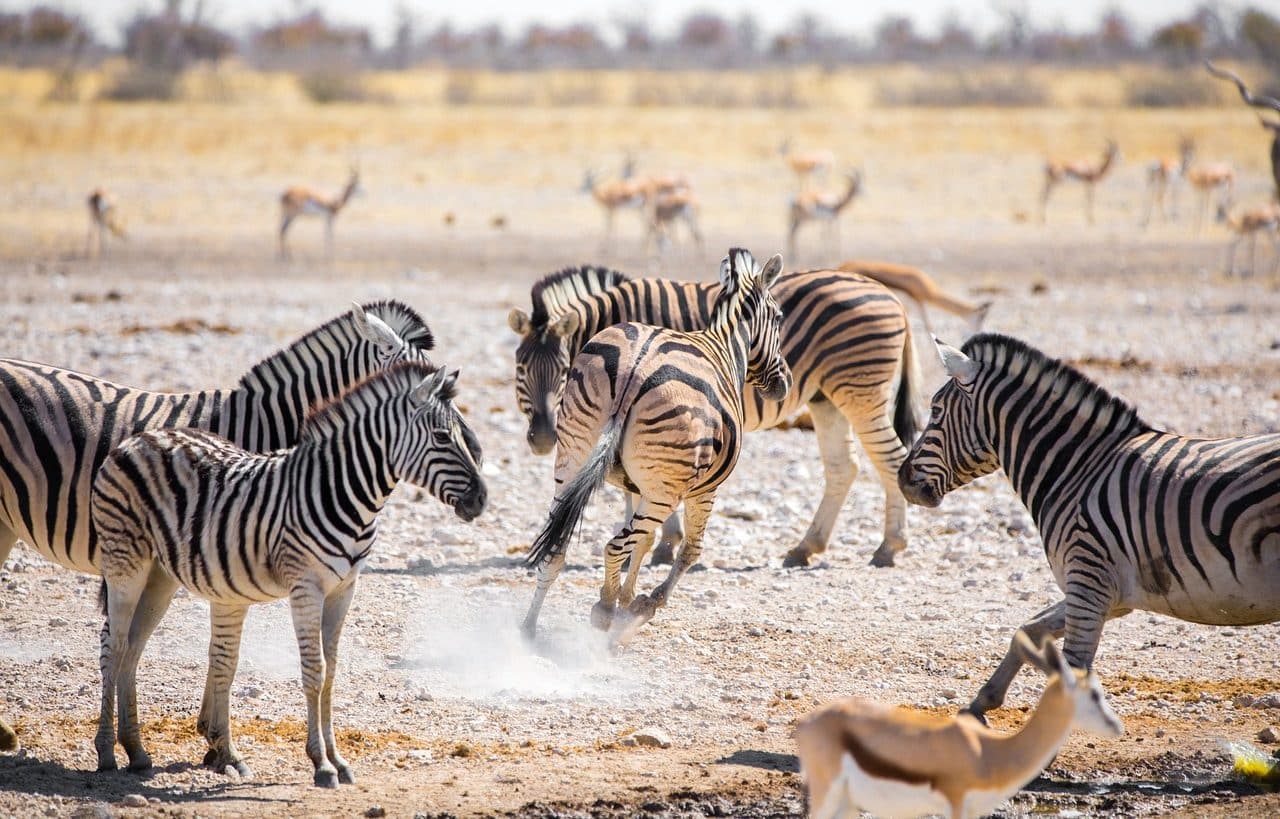
The loss, deterioration and fragmentation of the red panda's habitat is the main reason for the danger of extinction faced by the aforementioned species.
Endangered species are those populations of living beings that, at a regional or global level, are at risk of extinction . The causes of this problem , which in recent years has become more accentuated and accelerated, are several, but climate change is one of the main causes of the environmental imbalance that puts at stake the adaptation and survival of plants and animals in the short, medium and long term. .
Human actions, as evident from reports and statistics, also have a negative impact on nature . At the same time, however, there are many people striving to carry out awareness campaigns focused on the importance of respecting all organisms and having healthy and sustainable habits. Nor can we fail to recognize the tireless work of numerous rescuers and experts who, from state agencies or non-profit entities, are dedicated to protecting, rehabilitating and reinserting specimens into their corresponding natural habitats , intervening in biodiversity conservation programs , etc
In order to fully understand the universal catastrophe that means that there are multiple species in danger of extinction and that other beings have unfortunately already disappeared from the planet, it is essential to inform oneself and access comprehensive environmental education . Likewise, it is vital to learn what can be done on an individual level and what is required on a collective scale so that the Earth can be a place in which there is space, consideration and well-being for members of each ecosystem .
What are the endangered species?
For decades, the situation of thousands of populations has been monitored in order to establish, for example, which species are in danger , the reasons for this circumstance and what can be done to reverse or stop the vulnerability scenario.
Year after year, the lists that account for the organisms that are at risk are updated.
Lately, according to information released by those who make up the IUCN (International Union for Conservation of Nature) , at least fourteen thousand species present in Latin America were included in the registry of threatened species.
As populations decrease, alarm grows and then the status is modified with the aim of indicating whether the danger is critical or there are already signs of extinction , to mention one possibility. Of course, improvements in classifications are also sought because this means that, thanks to effective conservation plans, there is encouraging news regarding reproduction and survival for a certain species.
The Tití Project , for example, was born to prevent the cotton-headed tamarin monkey, typical of forested areas of northern Colombia, from disappearing, just as there are strategies and financial investments that aim to save the vaquita porpoises from extinction, currently at a critical level due to the scarcity of detected specimens.
The future of the Galapagos penguins , the pink dolphin and the giant otter is also worrying, to add details. Upon further investigation of this reality, it is noted that there are a lot of other species that could be declared extinct in the not too distant future, either as a consequence of human impact or natural factors. This occurs with lemurs , manatees , macaws , jaguars , polar bears , huemuls and hawksbill turtles , among other animals.

Conservation programs are essential to prevent, for example, lemurs from becoming extinct.
Causes
There are many causes that put the survival , safety and well-being of hundreds of species at risk.
Pollution is one of the biggest triggers. Marine pollution , specifically, harms seahorses , sharks , dolphins , whales , fish , and sea turtles , to name a few examples. Overfishing also negatively influences aquatic populations.
Species trafficking , deforestation , poaching , invasive exotic species and the destruction or degradation of wild habitats , together with the effects of the aforementioned climate change , are other triggers of imbalances in the environment that end up threatening the life of a lot of plants and animals .
Classification of endangered species
The classification of endangered species considers several parameters and is organized according to criteria and categories that summarize, broadly speaking, the situation of each population.
The red lists (of regional, national or international scope) are inventories that serve to inform what type of vegetation or member of the fauna is at risk or in vulnerable condition according to its conservation status .
References such as "least concern" , "near threatened" , "critically endangered" or "extinct in the wild" , for example, are used in these frameworks.

Human actions, translated into pollution and overexploitation of resources, for example, put biodiversity in check and cause much of the deterioration of ecosystems.
Conservation strategies
Species conservation strategies are essential on a small and large scale to promote the growth of populations, especially those that are in a critical situation.
This takes into account in situ conservation (in national parks and nature reserves ), ex situ conservation (such as gene banks and flora and fauna centers ), captive breeding programs and ecological restoration initiatives. .
